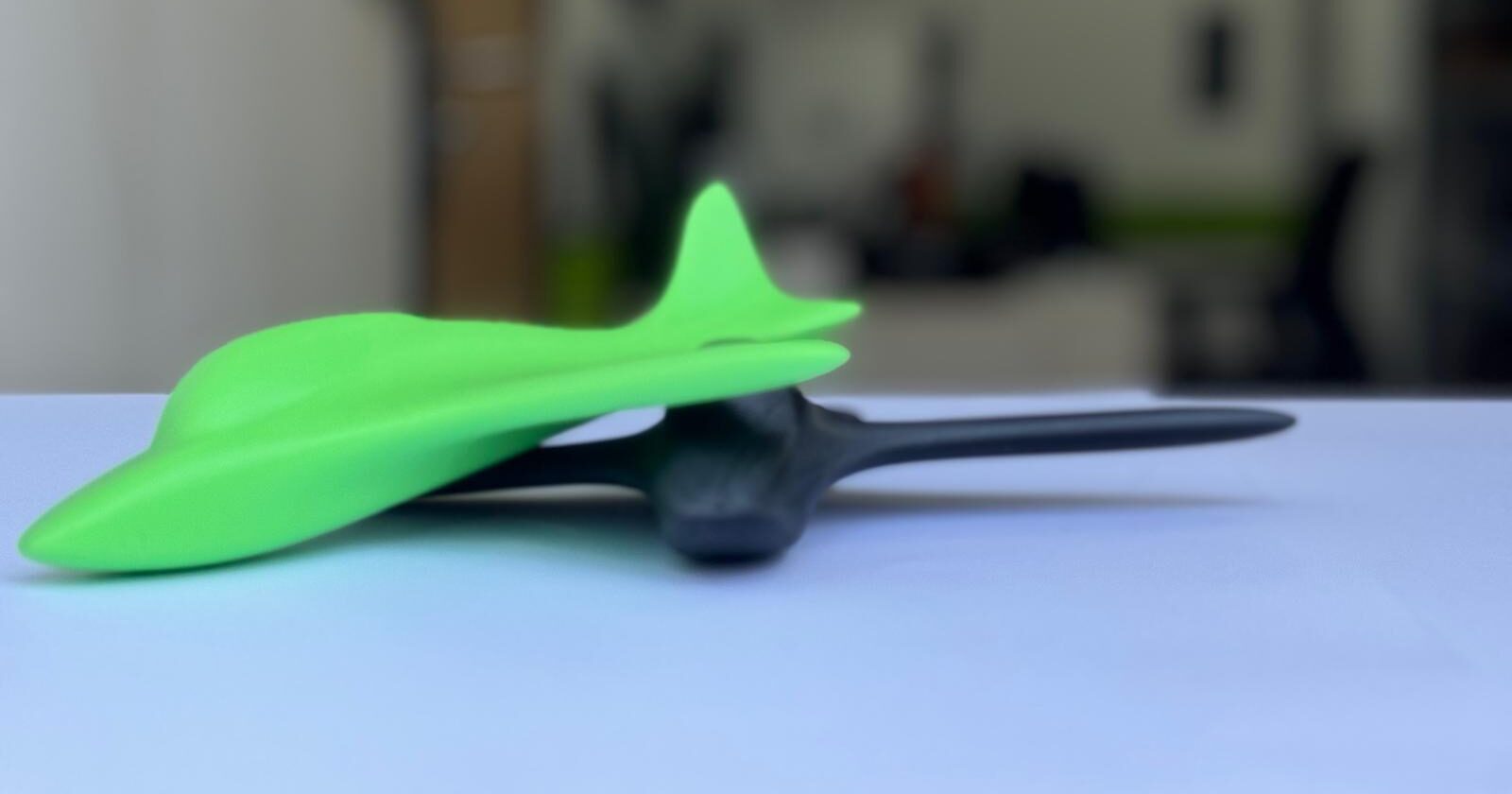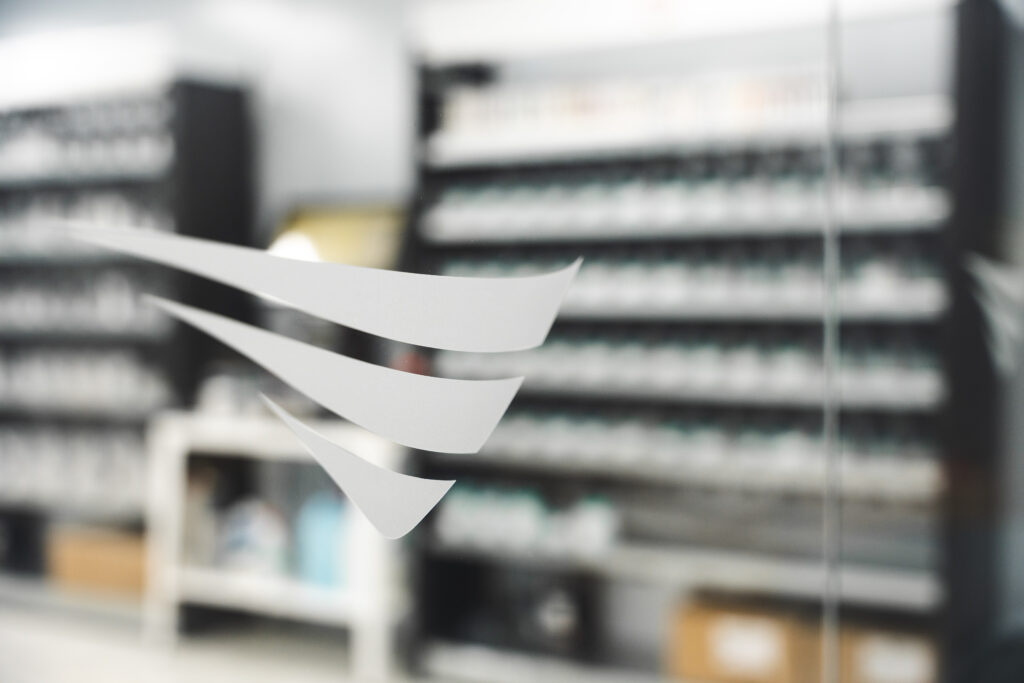Additive Manufacturing has been utilised in the Aerospace industry for a number of years. Since the launch of 3D printing technologies in the 1980’s, the aerospace industry was one of the first to utilise it in 1989. It was used for testing and simulating aircraft components, but new technologies have significantly shifted aerospace additive applications. Manufacturers are now able to create cost-effective, lighter, more fuel-efficient parts.
3D Printing and Additive Manufacturing
Additive manufacturing refers to any process where raw materials are added to create a product. It is the process of creating an object by building it one layer at a time. This includes 3D Printing, a type of additive manufacturing where each new layer is fused to the previous one.
Reduced Manufacturing Waste
Additive manufacturing plays a fundamental role in the future of sustainable aerospace production. The traditional process is “subtractive manufacturing”, or CNC machining, which creates significant waste, starting with a block and removing unwanted portions.
3D printing builds products layer by layer and can consolidate multiple, complex aerospace components into one piece. This uses significantly less material and generates significantly less waste, among multiple other benefits. With sustainability becoming increasingly important and aerospace manufacturers needing to meet legal requirements, the role of additive manufacturing will continue to grow.
Complex Geometries
The aerospace industry has been revolutionised with the introduction of 3D Printing. It has enabled the production of intricate and complex designs which were impractical and sometimes even impossible to create using traditional, subtractive methods. For example, it is now possible to create thin-walled and lattice structured components. These parts allow for reduced weights and performance developments within aerospace applications.
Creating the Interior
3D printing technologies also support the manufacturing of interior components for aircrafts. Elements of the control console, door latches, trim pieces, and lighting fixtures can now be 3D printed. Using additive technologies to create these parts is more efficient for airlines. Components will be lighter, which has an impact on the overall weight of the aircraft and is a more cost-effective solution with material costs.
Rapid Prototyping
Aerospace components need to meet strict requirements for performance and safety. This means multiple iterations of designs and parts will be created to make sure these requirements are met and are as accurate as possible. This enables a quick turnaround of prototypes, reducing time and cost.
What Envisage Can Offer
Having previously worked with prestigious aerospace OEM’s such as Virgin Atlantic to create design models and show pieces, we have a good knowledge of the industry and its requirements. For more information about how Envisage’ s capabilities can support your next aerospace project, contact us.



